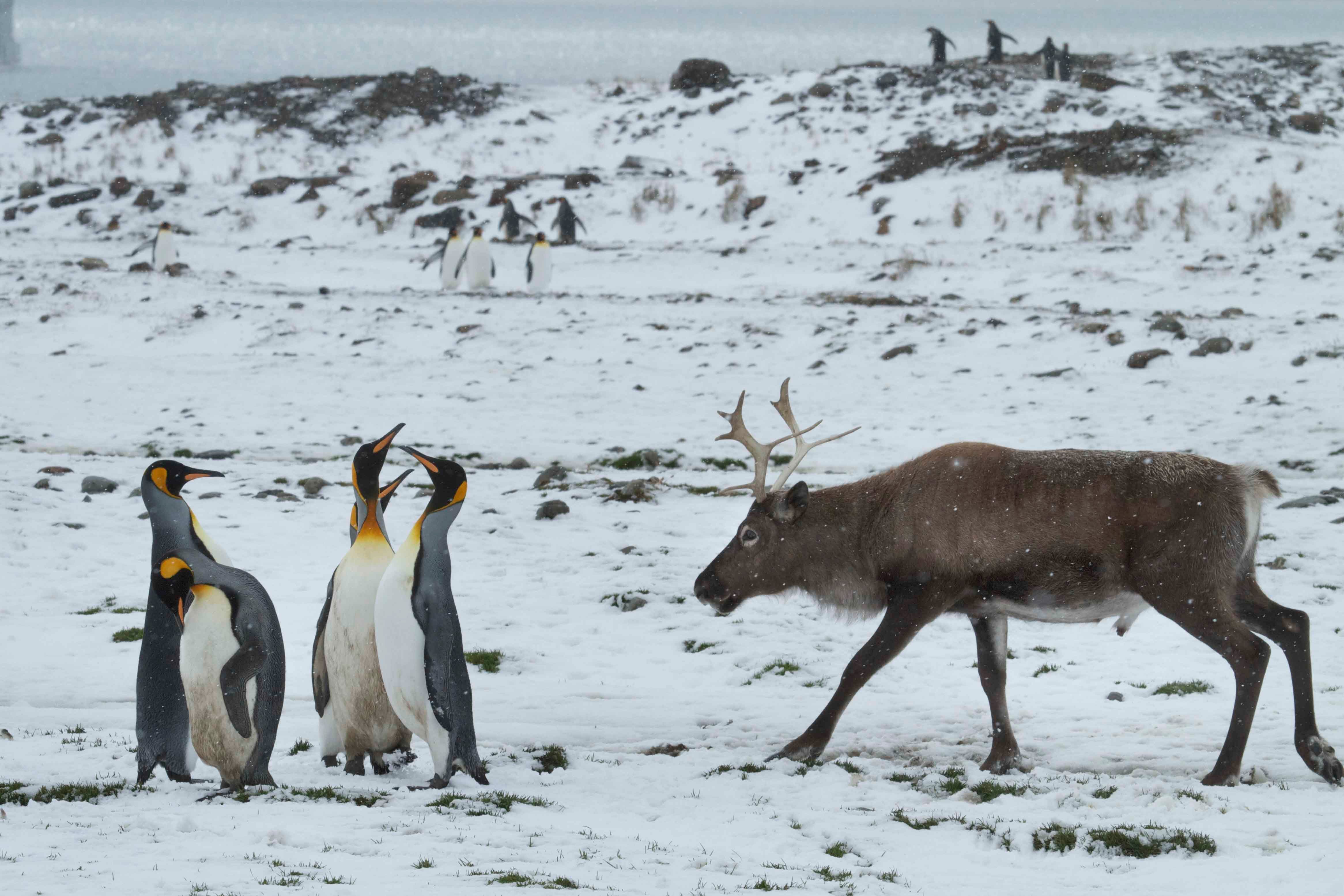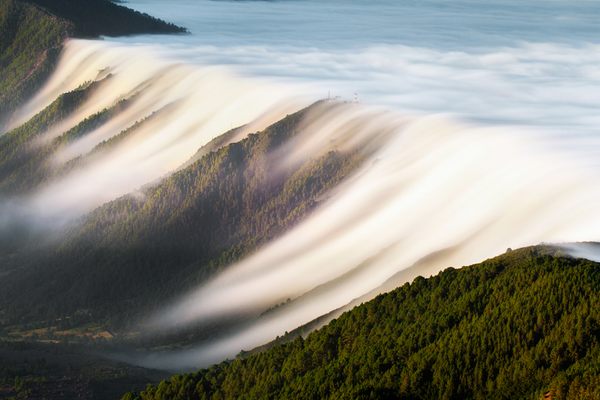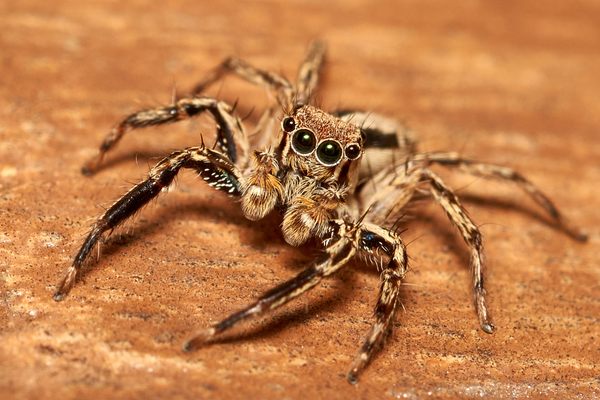The Saga of the Reindeer of South Georgia Island
Sometimes it’s not pretty when we have to undo our ecological mistakes.

Reindeer and penguins are both at home in snowy expanses, but they’re not supposed to be together. After all, reindeer live in the Northern Hemisphere, penguins in the Southern. Yet for some 100 years, a split second in their natural histories, they shared an island. Their unlikely coexistence seemed “quite peaceful,” says Carl Erik Kilander, who first saw them together in 2004. “They did not seem to pay much attention to each other.” It didn’t end quite so peacefully.
Far out in the South Atlantic Ocean, more than 1,000 miles east of Cape Horn, Argentina, the island of South Georgia is an unforgiving place. Glaciers cover much of the land, and gales pound the jagged coast. This was the place where north and south ended up together.
For decades, no one knew how many reindeer roamed on South Georgia. In 2012, when Kilander, a Norwegian naturalist with experience in reindeer management, trekked through the island’s steep terrain to find out, he and his colleagues counted around 2,000, and guessed there was another 1,000 they missed. Later, they found out that the island had harbored more than twice that number. But by then, almost all of them were dead.

South Georgia—slightly larger than New York’s Long Island—is home to tens of millions of birds, including albatrosses, petrels, and penguins. For millennia, the island’s isolation kept them safe from human interference. But the 18th and 19th centuries brought intrepid seafarers, and in 1904, Carl Anton Larsen, an Antarctic explorer from Norway, set up a commercial whaling operation on South Georgia. Soon, the place bustled with even more life—and death.
When Ernest Shackleton, the British polar explorer, visited in 1914, it wasn’t pretty: “There were great carcasses being flayed, while around the bleeding mass of blubber and flesh, pigs were rooting,” Shackleton wrote of the Grytviken whaling station. The whalers, Shackleton recorded in his diary, had brought pigs, sheep, goats, reindeer, two ponies, cattle, a bull, ducks, hens, and even a monkey. Half a century later, the whalers were gone, along with most of the introduced animals. But the reindeer remained.
Reindeer are native to many northern areas: Norway, Finland, Russia, the northern reaches of Mongolia, and North America, from Alaska to Greenland. Many populations have shrunk rapidly in recent decades, and globally, reindeer are a threatened species, according to a 2016 assessment by the International Union for Conservation of Nature (IUCN).

It was in the austral spring of 1911 that three bulls and seven cows arrived on South Georgia. Larsen’s brother had bought the reindeer in Norway and shipped them to the South Atlantic. Upon arrival, they were set free. The herd wasn’t spotted again until over a year later, a local pastor on South Georgia was quoted as saying at the time. By then, it had swelled to 16.
There were several small reindeer introductions to South Georgia in the early 20th century, and despite the harsh conditions, they thrived. “As a species, they’re really adaptable,” says Anne Gunn, the wildlife biologist who authored the IUCN’s reindeer assessment. And on South Georgia, “there was lots of food and there were no enemies,” she says. (Reindeer were also introduced in the Kerguelen Islands in the southern Indian Ocean, where they coexist with penguins, and in Iceland, where penguins have never set foot.)
The South Georgia herds were confined to two distinct areas on the island’s northern coast. There, over decades, they feasted on plants such as tussac, a native grass that grows tall and dense, and is important for white-chinned petrels that burrow underground. Eventually, as the tussac was overgrazed and the soil trampled, some of the petrels couldn’t nest anymore. Authorities on the British-controlled island pondered what to do.

The glaciers that drop from the mountains into the South Georgian fjords had served as a natural fence and kept the reindeer from colonizing new areas. But with climate change, that ice barrier has been rapidly retreating. The reindeer would inevitably have moved into new territory, says Martin Collins, the former chief executive of the South Georgian government. That could have put even more stress on the island’s native plants and wildlife.
“Introduced species are always going to be problematic,” says Gunn, the wildlife biologist. “We introduce them because it suits us at the time,” but later “we decide they’re doing something we don’t like ecologically,” she says. “So we tend to come up with a fairly radical solution.” The government of South Georgia reached that decision in 2010: The reindeer were to be eradicated.
“It was quite a challenge, logistically,” says Collins, who supervised the operation. That’s when Kilander and a Norwegian colleague were brought in from Norway for a month-long reconnaissance mission, which included estimating how many reindeer there were. The next year, the program commenced. (Earlier, some of the reindeer had been relocated to the Falklands, where they live on.)

First, fences were erected in one of the two areas to be cleared. Then a team of indigenous Sami reindeer herders from Norway and Sweden spent around two weeks corralling the reindeer. Many of the animals were weak after the South Atlantic winter, as detailed in a government report, and some died during the operation. Kilander says that these were exceptions.
Once confined, the reindeer were dispatched, one by one, and their remains taken to a nearby fishing vessel rented from Spain. Marksmen from the Norwegian Nature Inspectorate pursued stragglers. That summer, more than 1,900 reindeer were culled in the first of the two reindeer areas. Then the marksmen moved on to the second area and removed some 1,500 more. The following summer, six Norwegian hunters came to finish the job—3,140 additional reindeer in six weeks. In places where reindeer intermixed with penguins, the reindeer were driven away from the colonies to make sure birds wouldn’t be hit by stray shots, says Kilander. “We never hit a single penguin,” he says. The marksmen had to come back for a third year, and as late as December 2017, three reindeer were seen alive—briefly.
“I would be very surprised if anyone would see any more live reindeer [on the island],” says Kilander, who says he never doubted that eradicating the reindeer was the right thing to do. For the birdlife and vegetation, he says, he realized it was “necessary to get rid of these animals.” The final tally was around 6,750. The island now mostly belongs to the penguins once again.












Follow us on Twitter to get the latest on the world's hidden wonders.
Like us on Facebook to get the latest on the world's hidden wonders.
Follow us on Twitter Like us on Facebook